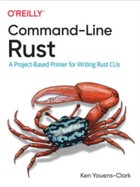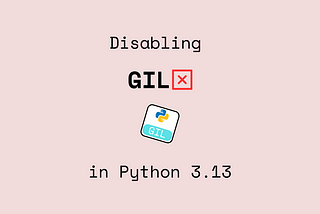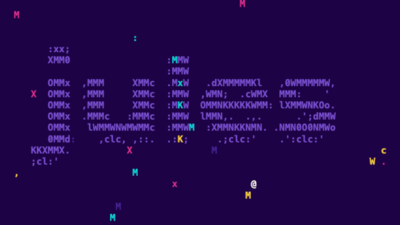
OpenAI recently announced they're retiring their TypeScript-based Codex CLI and rebuilding it entirely in Rust. This decision has sparked significant discussion in the developer community about the motivations and implications of such a fundamental technology shift.
The Technical Rationale Behind the Migration
While the move from TypeScript to Rust might seem dramatic, it's worth examining the potential benefits that drove this decision:
Performance Considerations
One of the most cited advantages of Rust is its performance characteristics. However, for a CLI tool that primarily interfaces with AI services, the performance bottleneck typically lies in network latency and AI response times rather than local computation. This raises questions about whether performance gains justify the migration effort.
Memory Safety and Reliability
Rust's ownership model provides compile-time guarantees about memory safety, potentially reducing runtime errors and improving overall reliability. For a tool that developers rely on daily, stability improvements could significantly impact user experience.
Ecosystem and Deployment
Rust's ability to compile to native binaries eliminates the need for a Node.js runtime, simplifying distribution and reducing dependency management overhead. This can be particularly valuable for CLI tools that need to work across diverse development environments.
Industry Context: The Rust Renaissance
This migration aligns with a broader industry trend where companies are increasingly adopting Rust for system-level tools and performance-critical applications. Major tech companies have been investing heavily in Rust infrastructure, suggesting this isn't just a passing trend.
Questioning the Necessity
Several valid concerns emerge when analyzing this decision:
TypeScript's Maturity
Modern TypeScript, especially when configured in strict mode, offers robust type safety and excellent developer tooling. The language has matured significantly and provides many of the benefits traditionally associated with systems programming languages.
Development Velocity
JavaScript/TypeScript ecosystems typically offer faster development cycles and a larger pool of developers familiar with the technology. Rewriting in Rust may slow down feature development in the short term.
Resource Allocation
For a company focused on AI development, dedicating engineering resources to rewrite CLI tooling raises questions about priority allocation. The effort might be better spent on core AI capabilities.
The Broader Implications
This decision reflects several important trends in the tech industry:
Developer Experience Focus
Companies are increasingly recognizing that developer tooling quality directly impacts productivity and adoption. A "butter smooth" CLI experience, as mentioned in the announcement, can significantly influence developer satisfaction.
Infrastructure Modernization
The shift represents a broader movement toward modernizing development infrastructure with more performant, reliable tools.
Strategic Positioning
For OpenAI, demonstrating technical excellence in their developer tools may serve as a signal to the broader community about their engineering capabilities.
Technical Implementation Considerations
When migrating from TypeScript to Rust, several key areas require careful attention:
// Example: Rust CLI structure with async capabilities
use clap::Parser;
use tokio;
#[derive(Parser)]
#[command(name = "codex-cli")]
struct Cli {
#[arg(short, long)]
model: Option<String>,
#[arg(short, long)]
prompt: String,
}
#[tokio::main]
async fn main() -> Result<(), Box<dyn std::error::Error>> {
let cli = Cli::parse();
// Handle API calls with proper error handling
let response = make_api_call(&cli.prompt).await?;
println!("{}", response);
Ok(())
}
Error Handling
Rust's Result type system enforces explicit error handling, potentially leading to more robust CLI behavior.
Async Operations
Rust's async ecosystem has matured significantly, providing efficient handling of concurrent API requests.
Configuration Management
Rust's strong typing can help prevent configuration errors that might go unnoticed in JavaScript-based tools.
Looking Forward
The success of this migration will likely be measured not just in technical metrics, but in developer adoption and satisfaction. Key indicators to watch include:
- Installation and distribution simplicity
- Performance improvements in real-world usage
- Reliability and error handling improvements
- Community feedback and adoption rates
This move by OpenAI represents more than just a technology choice—it's a statement about the future of developer tooling. Whether this investment pays off will depend largely on execution quality and the tangible benefits delivered to end users.
As the AI development landscape continues to evolve rapidly, the tools that support this ecosystem must also evolve. OpenAI's bet on Rust for their CLI tooling suggests they believe the long-term benefits of performance, reliability, and developer experience outweigh the short-term costs of migration.
The broader developer community will be watching closely to see if this gamble pays off and whether it signals a new standard for AI developer tooling.






